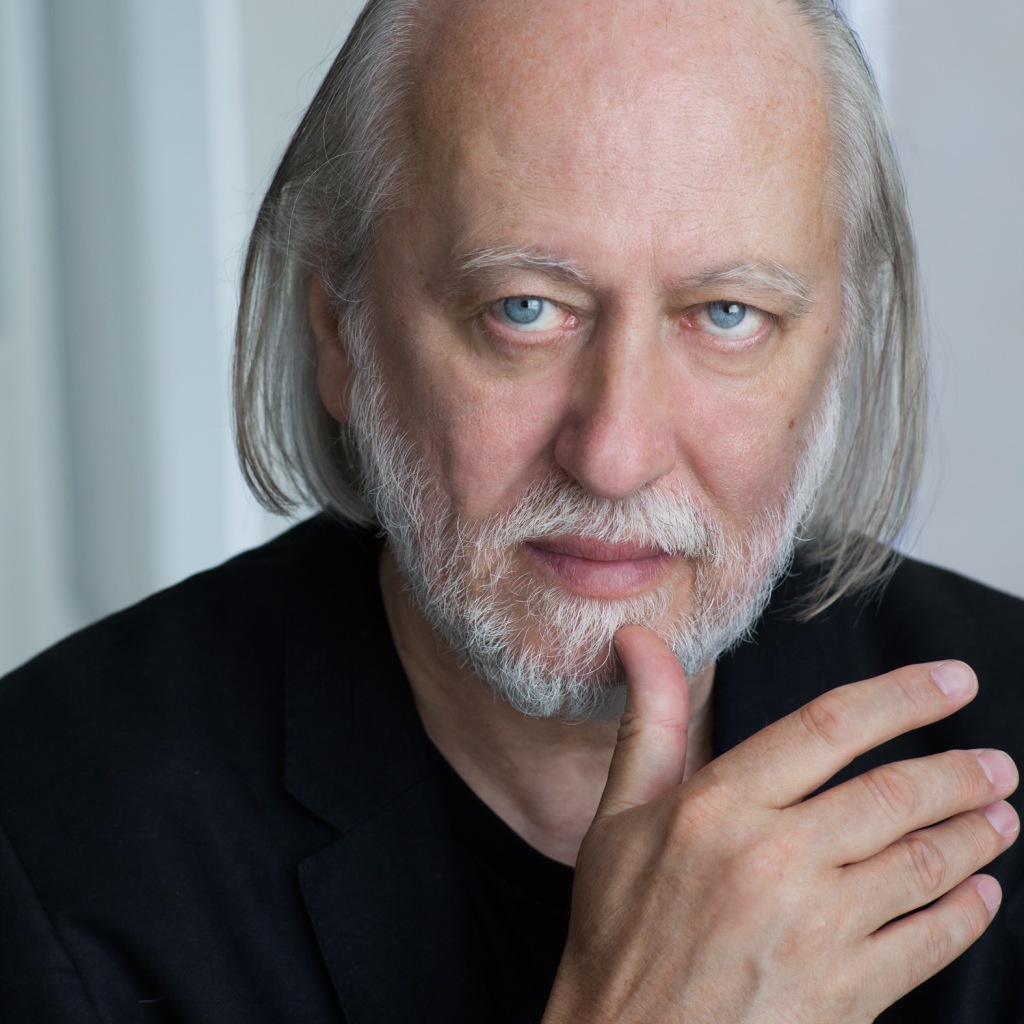
Paul Theroux’s novel Under the Wave at Waimea (2021) looks at life through the eyes of an aging champion surfer whose life takes a turn for the worse after he runs over a drunk, homeless cyclist near his home on the North Shore of O’ahu.
Theroux describes his hero, Joe Sharkey:
Sharkey surfed every day, and every day tried something new—a turn, a cutback, swiveling on the face of a wave as though carving his signature on it, writing on water. It was not practice or preparation; it was a way of spending the day, easing the passage of time; a way of living his life, because he made the moves his own.
With the help of his girlfriend, Olivia, Joe seeks to change his luck by trying to find out more about his victim, whose body is still identified at the morgue in Honolulu. The result is a spiritual journey to understand his life and the life of the people affected by the accident.

I have always thought of surfing as a lightweight activity. In his book, Theroux manages to interweave Joe Sharkey’s life on the waves with an almost metaphysical understanding of what it all means:
Nothing was certain. Every wave had a hidden contour and something like a mystical muscle in it that could trip you: every succeeding wave had the capacity to hold you down and suffocate you to death. The world was a wave, a wave was pitiless.
With Under the Wave at Waimea, Paul Theroux has attained a level of mastery in the art of fiction that I long suspected he had the potential for, but have not hitherto seen in print—though he came close on occasion.
I am happy to give my highest recommendation to his Under the Wave at Waimea, certainly the best current American novel I have read since 2000.














You must be logged in to post a comment.